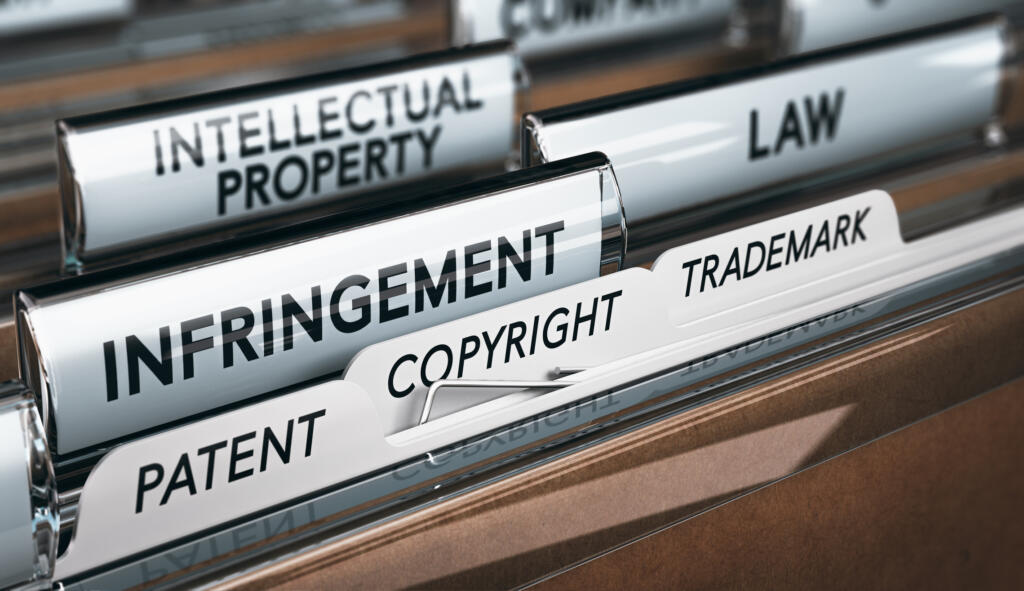
Many entrepreneurs and businesses understand the importance of securing a trade mark registration, after all it is the way in which the law protects your hard won reputation. You only have one reputation and you want to make sure that the protection you have in place is as strong as it can be.
In this article, we outline some of the most common mistakes we see where entrepreneurs and businesses engage with the trade mark system.
Filing a trade mark application can be relatively straightforward; however, making sure that the registration works for you, is futureproofed, and is robust if challenged, is not as easy as it might once have been.
Representation of the mark
A trade mark registration will apply to the mark as it is filed. Many businesses will not spend enough time thinking about the representation of the mark that they use. This may be because their choice of representation limits their options in the future, if they use unnecessary materials such as the ® device.
One of the golden rules of a trade mark registration is that they must be used in the way that they are registered. Making sure that any logo versions filed are filed in the way that they are going to be used in trade is really important.
Over reliance on the series mark application
In the UK, the UK Intellectual Property Office (UKIPO) allows businesses to file a series mark application, whereby a number of similar applications can be filed at once. This can generate cost savings. Many businesses over rely on a series mark application, not realising that it can only cover marks which are very similar. This is interpreted narrowly by the UKIPO. Many businesses end up incurring costs in having to re-file an application by getting this wrong.
A further consideration is the limited scope internationally of a series mark as it is a quirk of the UK system. Whilst a regular registration can be relied upon for applications made in other territories or through the WIPO international system, a series mark cannot be relied upon in the same way.
Getting a detailed specification
Every element of the specification is important, from the words or terms chosen to the punctuation used, they can all make a difference to the scope of your protection. It is important that you take time to consider how you intend to use the mark in the short-term but also over the next five years. It is also important that the specification is robust by using approved terms which can sometimes seem repetitive but there is logic behind this, in ensuring that the mark is as safe as it can be from attack in the future.
Many businesses attempt to make short cuts here and will file a specification which does not adequately cover the goods or services that they provide. Businesses should avoid making filings using class headings.
Not everything is registrable
A trade mark registration is a powerful monopoly right which will not be granted lightly.
Not everything is capable of registration. For example, marks which are considered descriptive or lack distinctiveness will not be granted a monopoly. Seeking advice early on the registrability of your mark can save costs in the long run.
Filing an application which is the same or similar to an existing mark
A trade mark registration entitles the holder to stop others from using an identical or similar mark in respect of identical or similar goods and services. The interpretation of identical or similar goods and services is broad. This can mean that businesses are sometimes surprised about how different their mark needs to be from earlier marks in order to avoid an issue. When considering whether there is a risk of confusion and whether your mark is different to somebody else’s, you need to consider a variety of angles, including: visual, phonetic, aural and conceptual similarities. If your mark is considered too similar to somebody else’s this may mean that you cannot register or use the mark freely.
Owning the Intellectual Property
Many businesses will work with designers to help them develop brands. These designers will own the intellectual property in the brands that they create unless there is a written agreement to the contrary. It is important that businesses have contracts with designers who develop logos on their behalf, assigning any copyright over to them.
Word vs. logo
Many businesses assume that trade mark registrations are predominantly about protecting a logo – this is not the case. Brand assets, including company names, key brand names etc. should be registered as word trade marks. Advice should be sought on the way to file to an application to ensure that you have the broadest possible protection. Also distinctive packaging for goods could also be protected by way of a trade mark.
Businesses need to understand the importance of a trade mark register and also the need to avoid cutting corners, if they are to take ownership of the brand they have developed.
For more information on choosing a trade mark, please see this article here.
